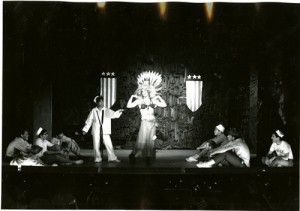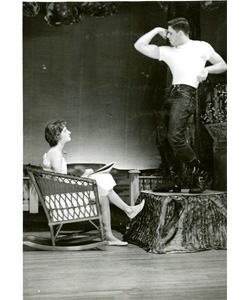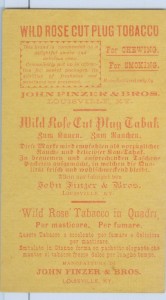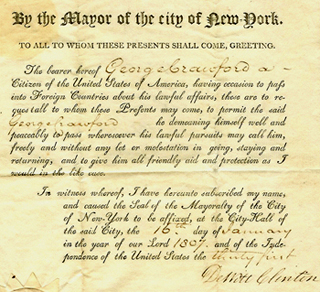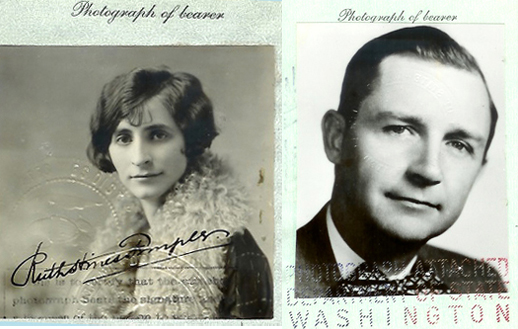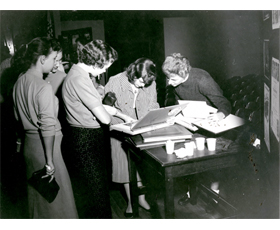
This photo from 1957-1958 shows women looking at a Western Players scrapbook, now in our collections, that was already 23 years old. It is now 80 years old.
These fifty newly conserved and processed scrapbooks document theatre productions and other activities of Russell H. Miller and the Western Players from 1934 to 1969 and the Summer Players from 1956 to 1968. These scrapbooks include newspaper clippings, programs, tickets, greeting cards, correspondence, and many, many photographs.
The intended topics of the scrapbooks include the Players as a student organization, the players as students and actors, theatre productions, Bowling Green Community Theatre, oratorical and speech contests, debate team competitions (Miller was their coach for several years), regional theatre productions, and similar activities. However, the scrapbooks are also informative on changing fashions, costuming, perceptions of minorities (Blacks, Asians, Hispanics, French, the aged, and the disabled), set design, gender roles, and a variety of other topics. Continue reading

